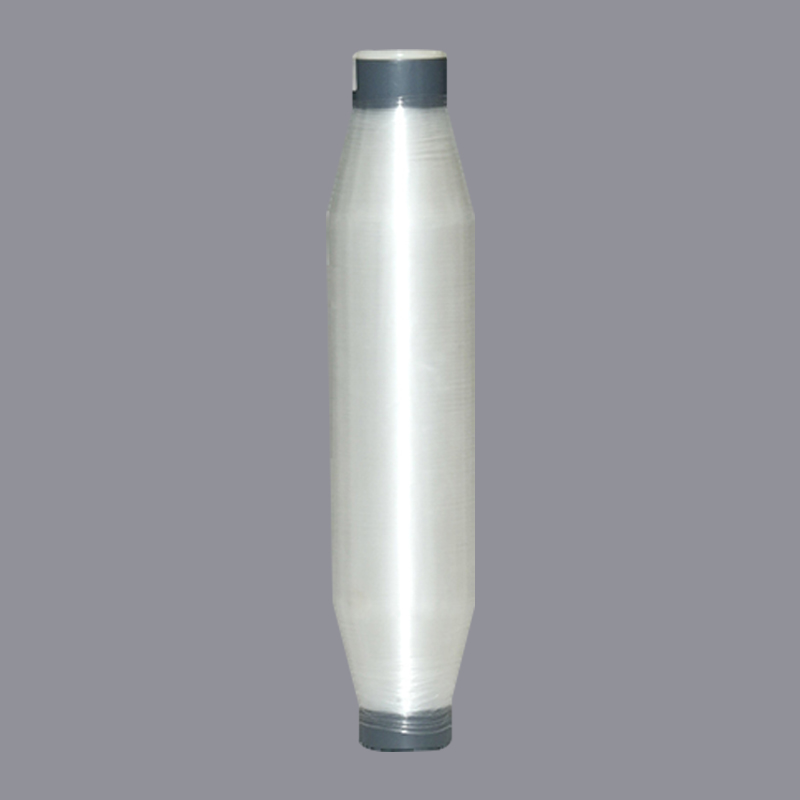It is made with Bio-base PLA, fully biodegradable Feature: 1. Industrial compost product 2. Made with PLA 3. Eco-frie...
READ MOREWith sustainability becoming a key issue in the fashion industry, a new textile material is gradually gaining recognition: biodegradable yarn. It's considered a significant step forward for the textile industry in its environmental sustainability efforts, but for many, the concept remains unfamiliar: What is biodegradable yarn? How does it differ from the regular yarn we use every day?
Content
Biodegradable yarn refers to fibers that, in specific environments (such as soil, compost, or the ocean), can naturally decompose into harmless substances such as water, carbon dioxide, and biomass under the action of microorganisms. These yarns are typically made from natural fibers (such as cotton, linen, and wool) or bio-based synthetic materials (such as PLA (polylactic acid) and PCL (polycaprolactone).
Regular yarn is often made from non-biodegradable, petroleum-based synthetic fibers, such as polyester, nylon, and acrylic. These materials rely on limited petroleum resources and take hundreds of years to decompose in the natural environment after disposal, potentially causing long-term environmental pollution.
Degradable yarns, on the other hand, are characterized by their renewable and degradable nature. Natural fibers are inherently biodegradable, while newer fibers like PLA, made from fermented plant materials (such as corn and sugarcane), can completely decompose and return to the natural cycle under certain conditions.
Ordinary yarns rarely degrade in landfills or the natural environment and may even release microplastic particles, contaminating soil and water sources and potentially entering organisms through the food chain.
Degradable yarns, under suitable conditions (such as industrial composting), can decompose rapidly within months to years without producing harmful substances. For example, PLA fibers typically decompose into water and carbon dioxide within a few months under industrial composting conditions.
Ordinary yarns, due to their strength, durability, and low cost, continue to dominate the textile market and are widely used in clothing, home textiles, and industrial applications.
While biodegradable yarn still has room for improvement in cost and some performance, its environmental advantages offer broad prospects in areas such as eco-friendly apparel, outdoor products, medical applications (such as absorbable sutures), agriculture (such as biodegradable mulch), and packaging.
Biodegradable yarn is more than just a material; it represents a design concept that integrates environmental responsibility throughout the product lifecycle. With technological advancements and growing environmental awareness, biodegradable yarn is expected to play a more prominent role in the future textile industry, driving the industry towards a more environmentally friendly and sustainable direction.

It is made with Bio-base PLA, fully biodegradable Feature: 1. Industrial compost product 2. Made with PLA 3. Eco-frie...
READ MOREPlease fill out the form below and our team will contact you as soon as possible.
Addres: No.66 Qiaogang Road, Haian, Nantong City, Jiangsu Province, China
E-mail: [email protected] [email protected]
Copyright ? GC FIBER All Rights Reserved. Eco-Friendly Textile Products Manufacturer Biodegradable Yarn Company
